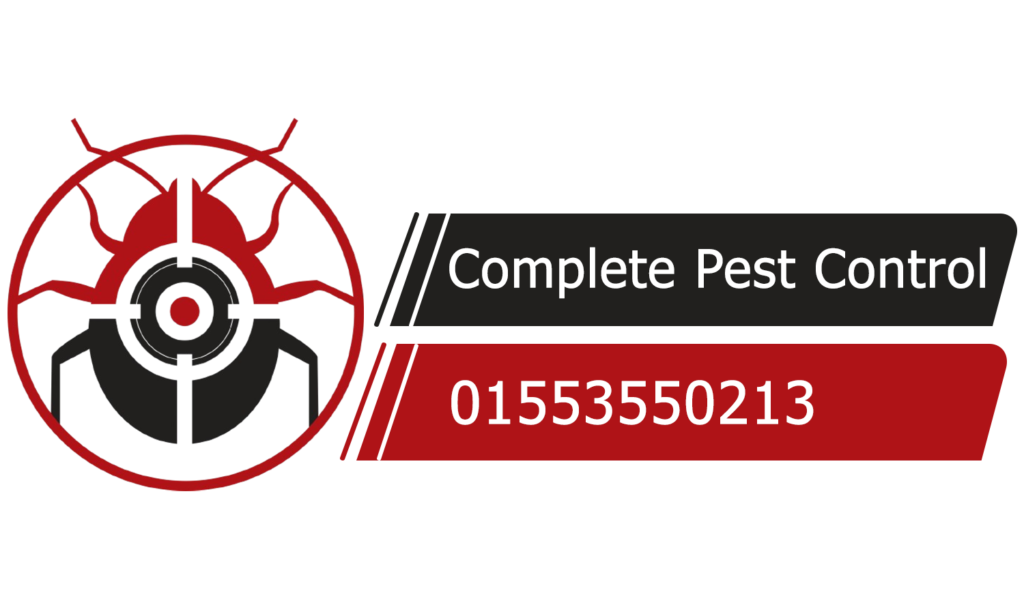Bed bugs are more than just a nuisance—they impact daily life and business operations significantly. Their presence can lead to sleepless nights, stress, and even financial loss for homeowners, hotel managers, and renters alike. Understanding the best ways to treat a bed bug issue is crucial for maintaining a comfortable and healthy environment.
In this blog post, we’ll explore effective strategies for dealing with bed bugs. From identifying the problem early on to choosing the most effective treatment options, we’ll guide you through each step to ensure you can reclaim your space from these unwelcome intruders.
Understanding Bed Bugs
What are Bed Bugs?
Bed bugs are small, wingless insects that feed on the blood of humans and animals. They are nocturnal, meaning they are most active at night when their hosts are asleep. These pests are expert hitchhikers, often traveling from place to place on luggage, clothing, and furniture.
Lifecycle of Bed Bugs
Understanding the lifecycle of bed bugs is key to tackling an infestation effectively. Bed bugs go through several stages:
- Egg
- Nymph (five stages)
- Adult
The entire process, from egg to adult, takes about 5-6 weeks under optimal conditions. Female bed bugs can lay up to 250 eggs in their lifetime, making early detection and treatment crucial.
Common Hiding Spots
Bed bugs are adept at hiding in various locations. Common hiding spots include:
- Mattress seams
- Box springs
- Bed frames
- Behind headboards
- Cracks and crevices in walls and furniture
Knowing where to look is the first step in identifying and eradicating these pests.
Signs of a Bed Bug Infestation
Visual Indicators
One of the first signs of a bed bug infestation is spotting the bugs themselves. Look for small, reddish-brown insects about the size of an apple seed. Additionally, you might see their shed skins or tiny white eggs in and around sleeping areas.
Physical Indicators
Bed bugs leave behind physical evidence of their presence. This includes:
- Blood stains on sheets and pillowcases
- Dark or rusty spots of bed bug excrement on mattresses and walls
- A musty odor emitted by bed bugs
Bite Marks
Although not everyone reacts to bed bug bites, many people experience itchy, red welts. These bites are often in a line or clustered together, commonly found on exposed skin such as arms, legs, and the face.
Prevention is Key
Travel Tips
Preventing bed bugs starts with being cautious while traveling. Here are some tips:
- Inspect hotel rooms for signs of bed bugs before unpacking.
- Keep luggage off the floor and bed.
- Use luggage racks to store suitcases.
- Wash and dry clothes on high heat after returning home.
Home Maintenance Advice
Regular home maintenance can also help prevent an infestation:
- Declutter your home to reduce hiding spots.
- Seal cracks and crevices in walls and furniture.
- Use protective covers on mattresses and box springs.
- Regularly vacuum and steam clean carpets and upholstery.
Awareness and Education
Educate yourself and others about bed bugs. Awareness is a powerful tool in preventing and controlling infestations. Share tips and information with family, friends, and employees to create a community-wide effort against bed bugs.
Effective Treatment Options
DIY Approaches
There are several do-it-yourself methods for treating bed bugs:
- Vacuuming – Thoroughly vacuuming mattresses, furniture, and floors can help reduce bed bug populations.
- Steam Cleaning – High-temperature steam can kill bed bugs and their eggs on contact.
- Diatomaceous Earth – This natural powder dehydrates and kills bed bugs when they come into contact with it.
While DIY methods can be effective for minor infestations, they may not completely eradicate the problem.
Professional Services
For severe infestations, professional services are often necessary:
- Heat Treatment – Professionals use specialized equipment to raise the temperature in your home to levels lethal to bed bugs.
- Chemical Treatment – Pest control experts apply insecticides specifically designed to target bed bugs.
- Fumigation – In extreme cases, fumigation may be required to eliminate bed bugs from an entire property.
Professional treatments offer the most reliable results, but they can be more costly and require you to vacate your home temporarily.
Best Practices in Treating Bed Bugs
Step-by-Step Guide
- Identify the Infested Areas – Thoroughly inspect your home to determine the extent of the infestation.
- Prepare the Area – Remove clutter, wash bedding and clothing on high heat, and vacuum thoroughly.
- Choose a Treatment Method – Decide whether to use DIY methods or hire professionals.
- Implement the Treatment – Follow through with your chosen method, ensuring you treat all affected areas.
- Follow-Up – Continue monitoring and treating as necessary. Bed bug infestations can be persistent, so ongoing vigilance is essential.
Consistency is Key
Consistency is vital when treating bed bugs. Regularly inspect your home and continue preventive measures even after the infestation appears to be resolved. Maintaining a clean and clutter-free environment will help deter future infestations.
Documentation and Reporting
Keep records of your treatment efforts, including dates, methods used, and areas treated. This documentation can be helpful if you need to consult with professionals or if you live in a rental property and need to report the issue to your landlord.
Conclusion
In conclusion, dealing with bed bugs requires a combination of early detection, preventive measures, and effective treatment methods. By understanding bed bugs and their habits, you can take proactive steps to protect your home and business.
We encourage you to share your experiences and tips for dealing with bed bugs in the comments below. If you’re facing a severe infestation, don’t hesitate to seek professional help.
Stay tuned for our next post, where we’ll share success stories of treating bed bugs. Together, we can create a bed bug-free environment for everyone.








